Raymond Henri Dietrich, Automotive Architect of the Classic Era & Beyond
by Necah Stewart Furman
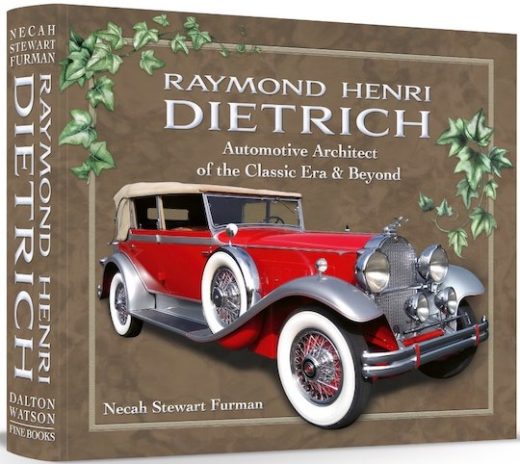
“Throughout his career, he would contribute numerous innovations of long-lasting influence, and not all within the automotive field. One of his most significant contributions within the field, however, was his implementation in conjunction with partner Thomas L. Hibbard of the concept of ‘automotive architecture’—a creative business and production model adopted by other firms in the industry but perhaps none so successfully as by LeBaron, Carrossiers.”
This book is in many ways phenomenal. It will prove to be the authoritative biography of Raymond H. Dietrich (1894–1980), perhaps the most prolific designer of custom, semi-custom, and production automobile coachwork of what is now recognized as the Classic Era, essentially the period between the world wars. The highlights of Dietrich’s life story and six-decade career in automobile design have been told and retold many times, including by himself, in various publications with remarkable clarity and consistency, but due to inevitable space limitations, never before to the degree of detail covered in this magnificent 640-page book.
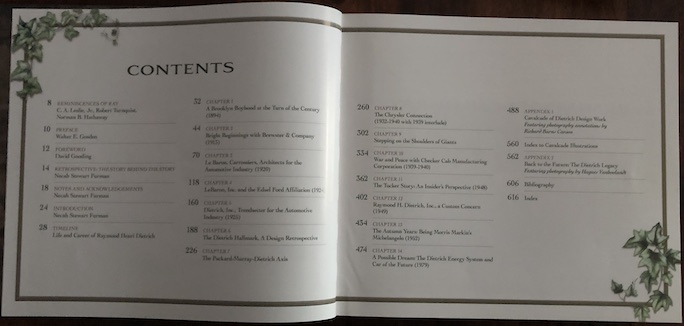
Foliage in a car book? The ever-thoughtful book designer Jodi Ellis found inspiration for design elements and colors in period advertisements.
Dietrich, it turns out, was a bit of a packrat, and we are the better off for it. Throughout his professional life he maintained copious files of his original designs and copies of documents that may have been of only marginal value to anyone perusing them at the time of their origination but have since proven to be of inestimable historical value to the automotive historian specializing in the Classic Era. Considering the extreme vicissitudes of fortune that are part and parcel of his life’s story, this is nothing less than fortuitous if not miraculous. The entirety of that vast collection of carefully preserved primary source historical documentation was made available to the author and much of it has found its way into print for the first time in this volume.
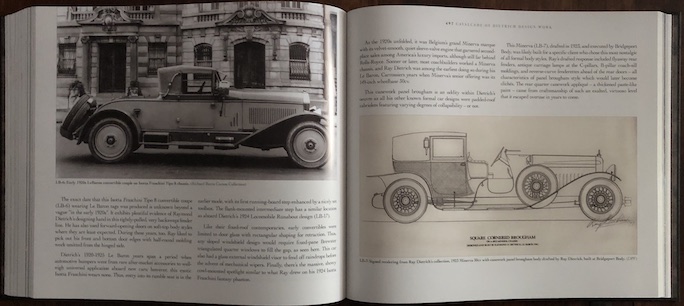
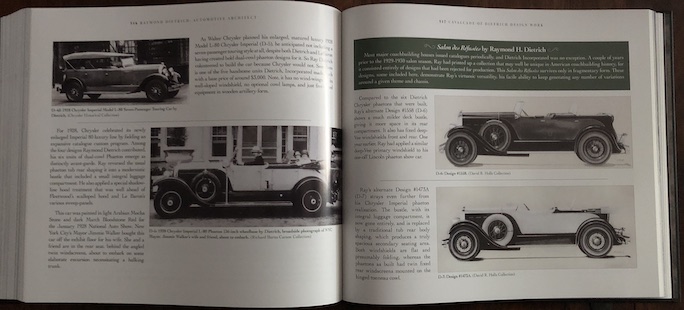
The author is not an automotive historian, but she holds a Ph.D. in Science and Technology and has previously written an award-winning biography, among other award-winning nonfiction works. Purely by coincidence, she and the Dietrichs were virtual neighbors in Albuquerque, New Mexico where they were introduced in the late 1970s by a mutual friend. After learning of Furman’s academic and literary credentials, Ray asked her to be his official biographer. None too soon, as things turned out. Ray Dietrich passed away unexpectedly in March 1980, but not before the bulk of the research, selection of materials for inclusion, and initial drafts were nearly complete. Every possible detail of interest is covered. It is perhaps the most thoroughly documented biography of a Classic Era automotive personage with the obvious exception of Henry Ford, or course. Furman’s initial copyright date for the manuscript is 1981. Why it took another forty years for it to be published is a story unto itself, perhaps for another time.
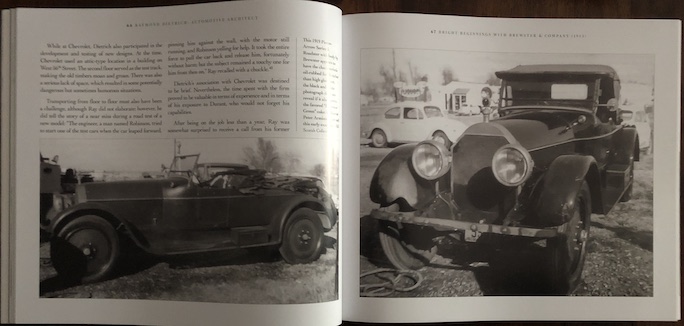
From as-found (above) to newly restored (below), the book illustrates a point auctioneer David Gooding makes in his foreword: “I’m thrilled to witness the long-standing appreciation for Ray Dietrich’s designs in the marketplace as some of his most coveted automobiles increasingly demand more and more value over time.”
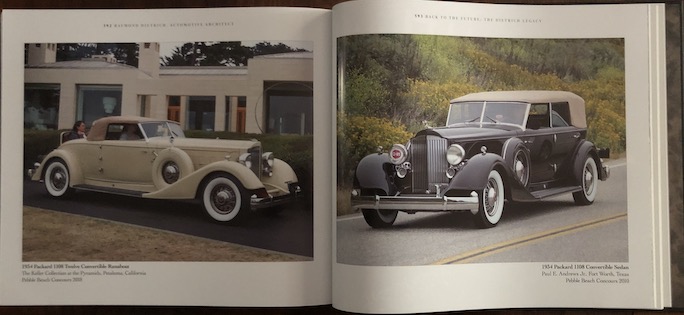
Dalton Watson Fine Books has done a spectacular job in producing this eight-pound opus. The landscape format opens to a full 24 inches which allows for full-page portraits of cars in profile without having to spill into or across the gutter. The two-column format makes for easy reading, as does the somewhat larger than typical font used for the text. Marbled endpapers add a touch of bygone elegance one rarely sees today. With only a very few exceptions, the photographic and line drawing reproduction is exemplary throughout, as is customary of this publisher. The photographs number over 600, many of which have not been previously published. It is quite simply a beautifully done book of the highest production standards aimed squarely at the serious student of the Classic Era in America. In that regard, it will not disappoint. The bibliography and multiple indices are encyclopedic, to say the least, ensuring this to be a seriously useful reference tool. However (ahem), it is not perfect.
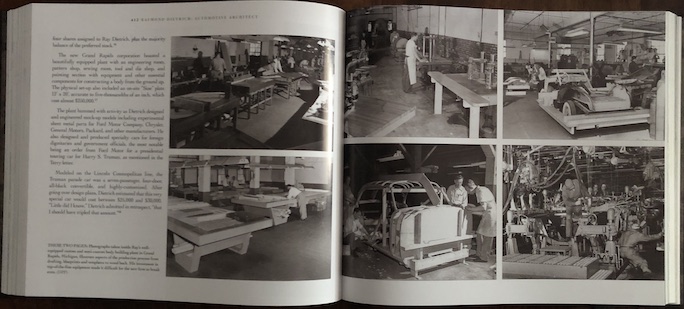
The author gets off to a solid start, with the first third to half of the book being a pleasure to read. But then the “gremlins” start making their appearances. The perfect book has yet to be published so a few typos or misspellings are to be expected, but unfortunately, they become more numerous the deeper one gets into the text. Many of them are errors in photo captions, such as the year of the car being incorrect (several of these), but there is an instance of a large nearly full-page photo of a 1931 Franklin being used twice, once labeled as a 1927 Lincoln (ouch!) but then correctly identified in its second appearance much later in the text. And there are a few errors in fact that found their way into print, but these involve “sidebar” details that are not a part of the main story, so they do not undermine the overall accuracy of the core work. Multiple sets of eyes were on the book during production so it is disappointing to have to note such irritating glitches, and the only reason for mentioning them here is to manage expectations of potential purchasers of an expensive book. Does this diminish the value of the book as a historical record? In no way! The book, as an important historical work unlikely to be equaled, stands on its own merits. It’s just not quite as perfect as one would hope.
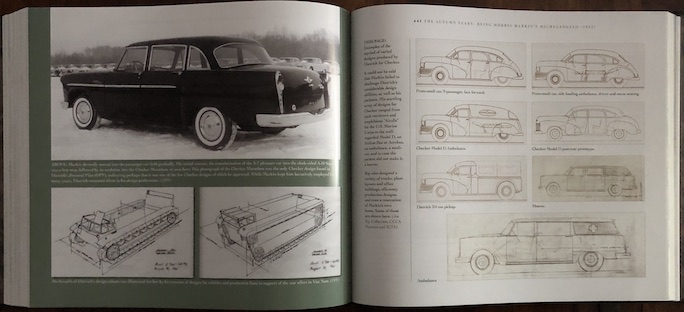
And now for something completely different . . .
In many ways, the best is saved for last. There’s a nice selection of historical classic coachwork photos interspersed throughout the main body, but the seventy-plus page “Cavalcade of Dietrich Design Work” appendix following the main text is the icing on the cake. The highlighted final Dietrich designs on the 1932–34 Packards were simply among the most beautiful of the beautiful with their delicate chrome-framed V-windshields, gracefully dipped coach sills, and their perfect surface contour development that are Dietrich’s high-water mark of the Classic Era. Everything about their proportions and details is just perfect. True works of automotive sculpture at its finest, beautifully displayed!
All in all, despite its flaws, I’m very pleased to have it on my bookshelf. And it was worth the wait.
Copyright 2024, Mark Dwyer (speedreaders.info)


 RSS Feed - Comments
RSS Feed - Comments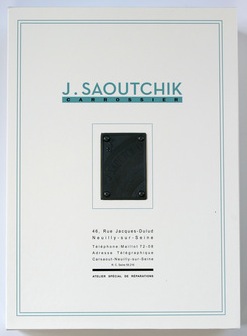
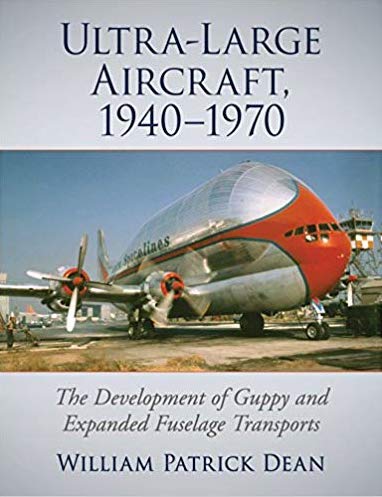

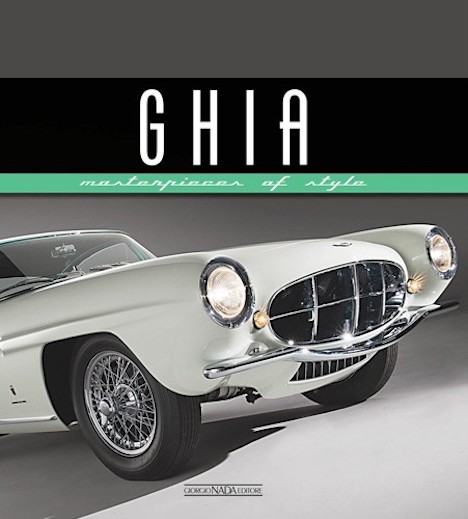
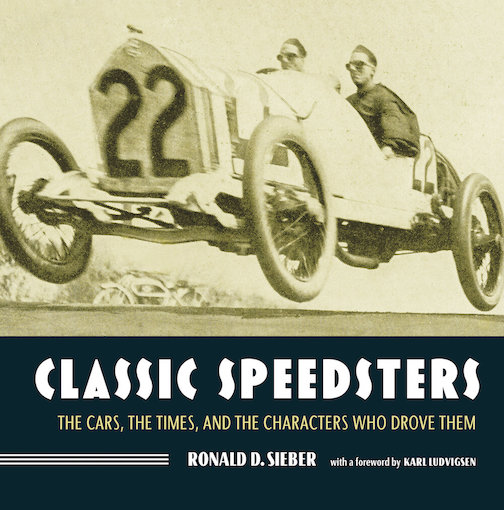
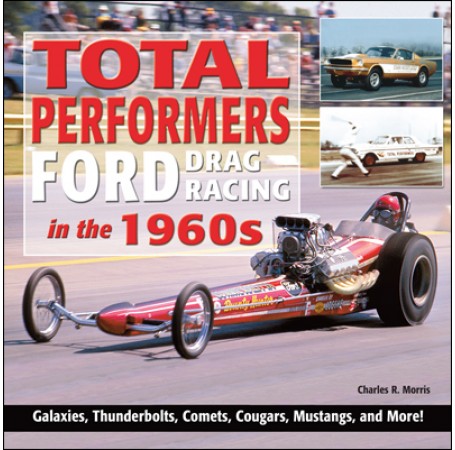



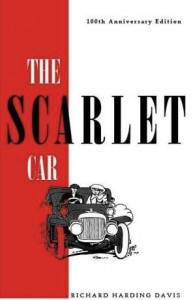
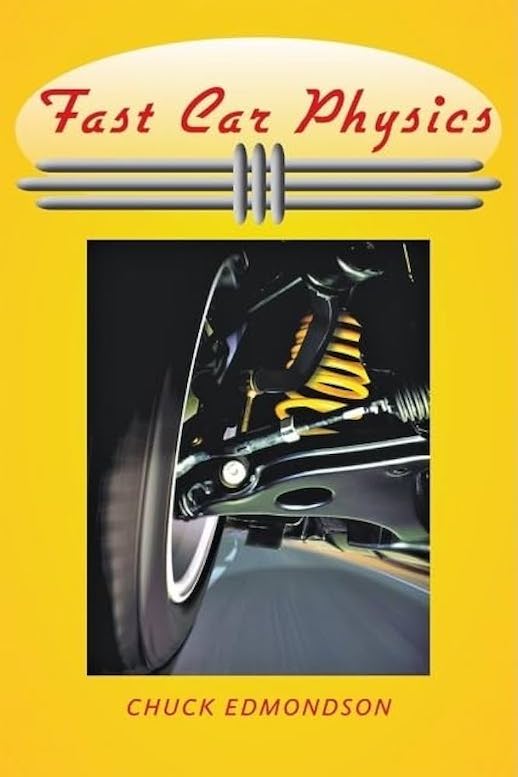
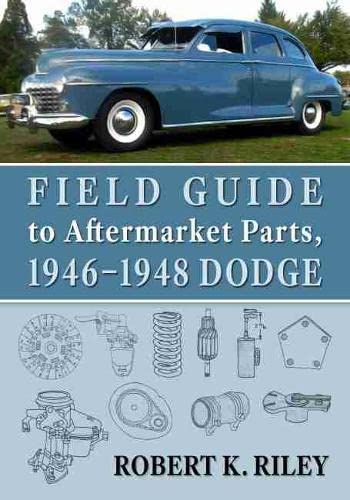

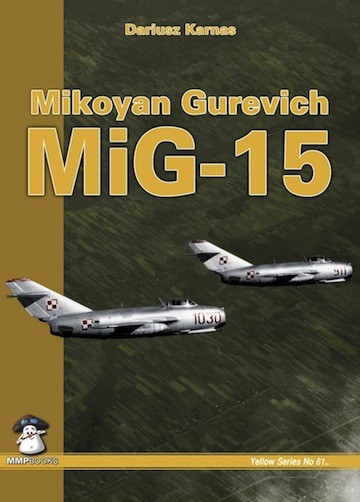
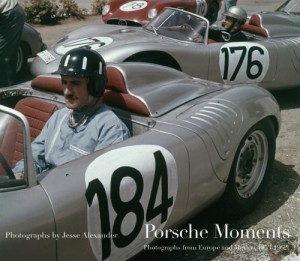
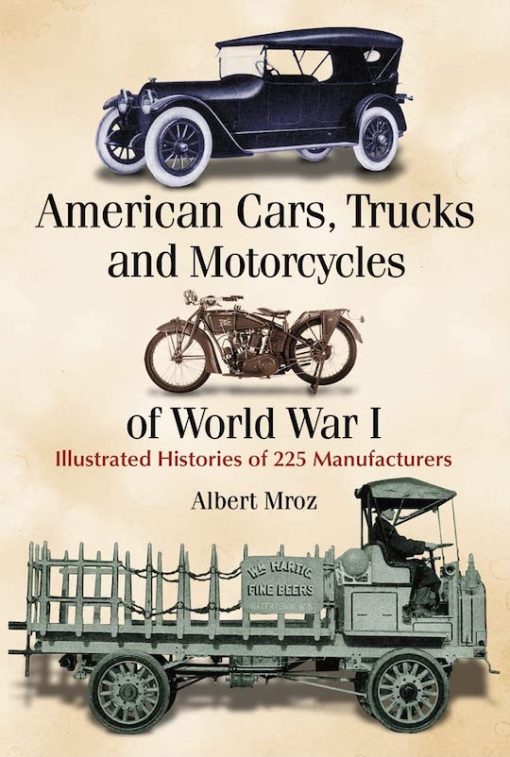

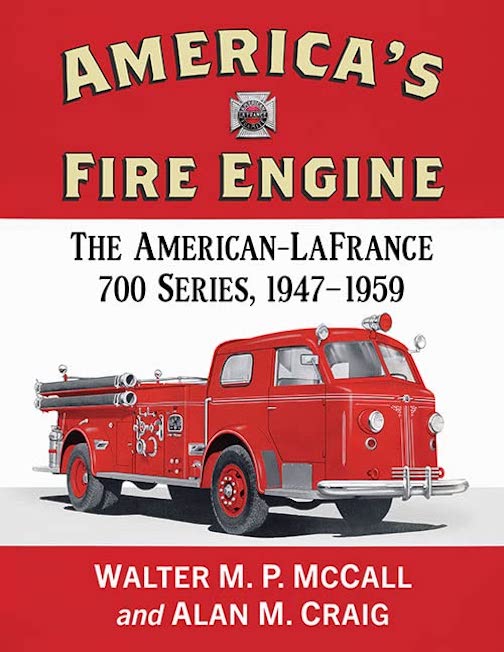
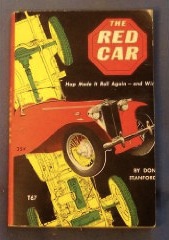
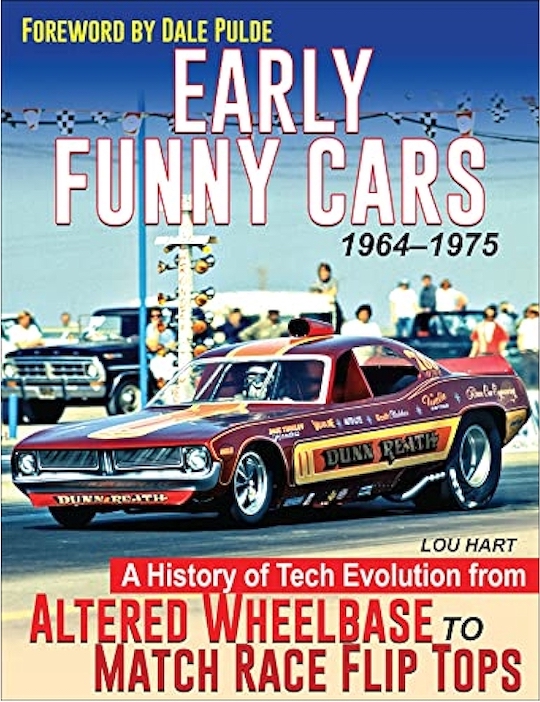
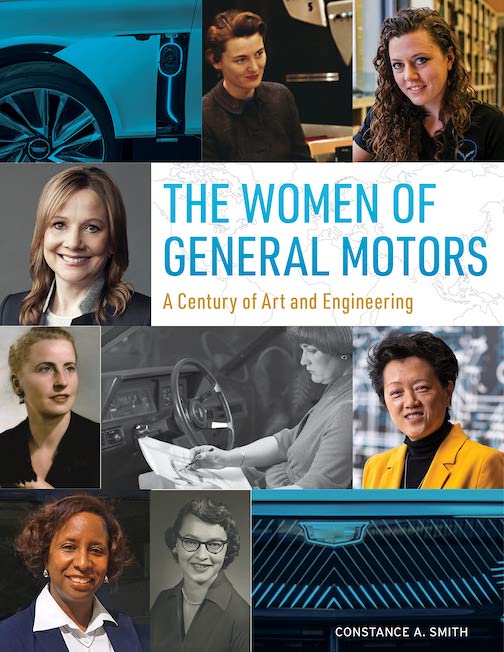
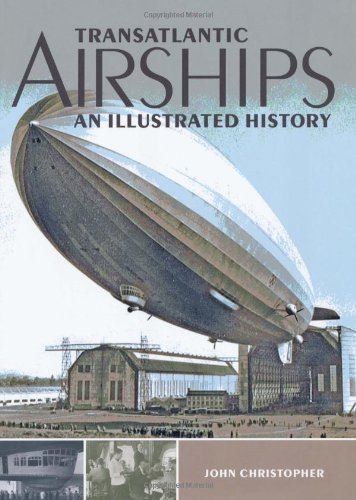
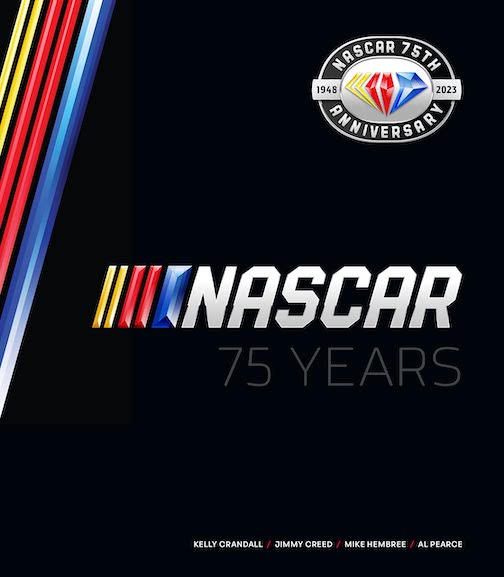
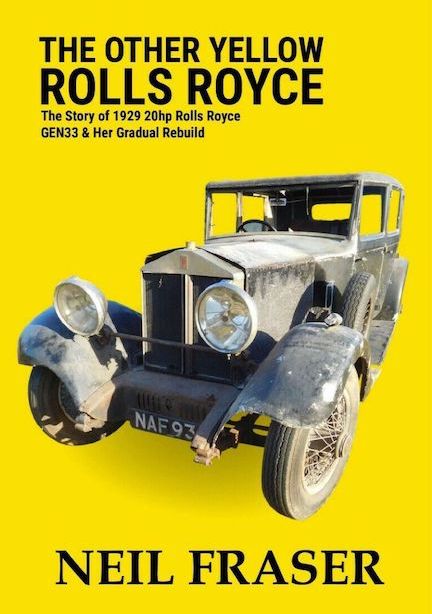

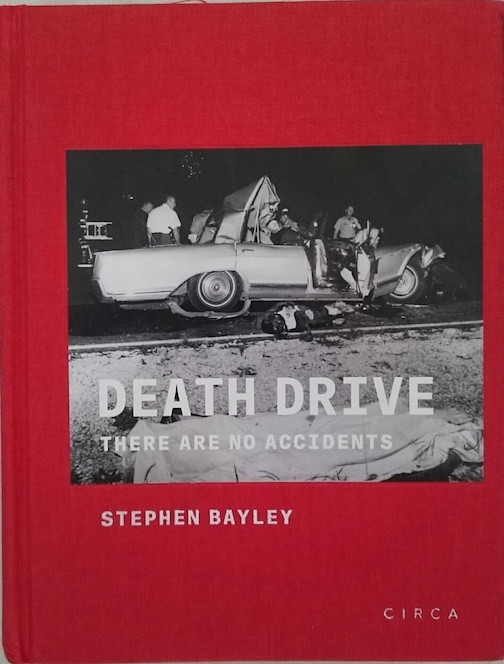

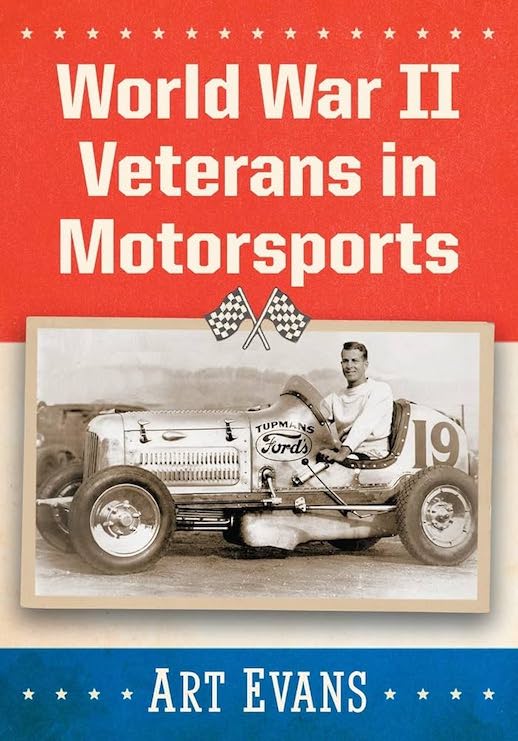


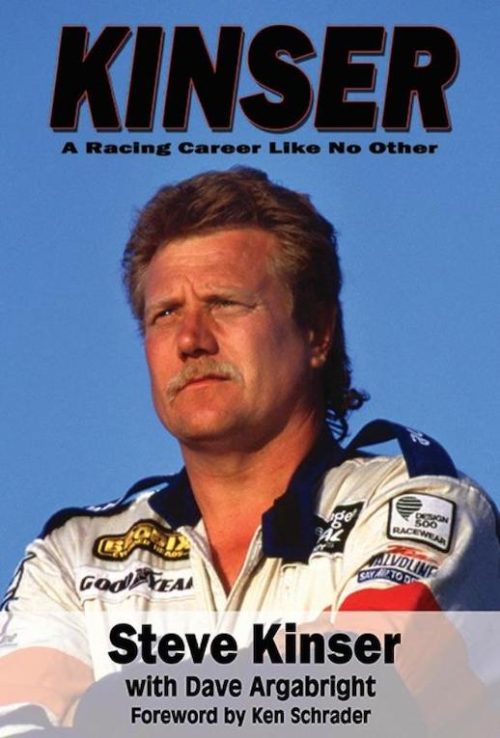


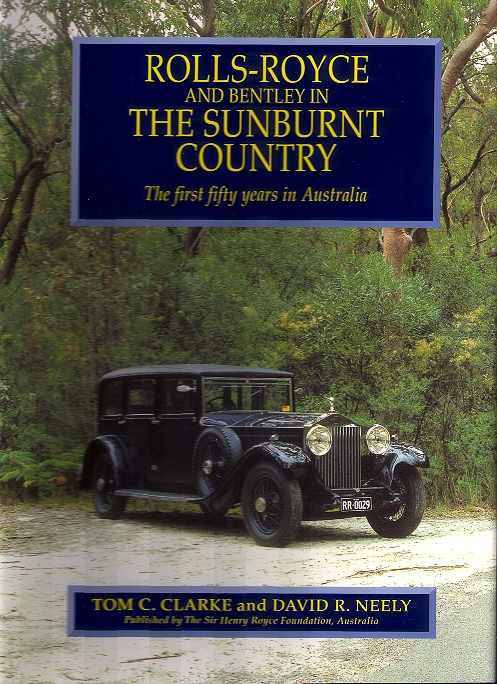
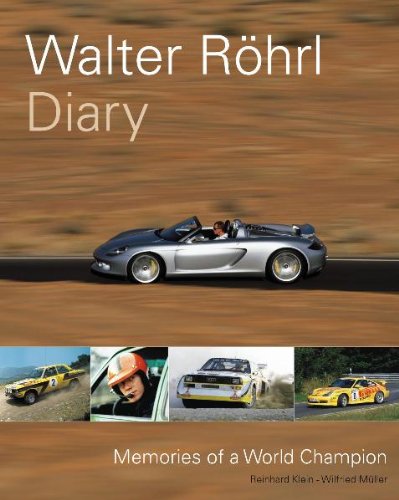
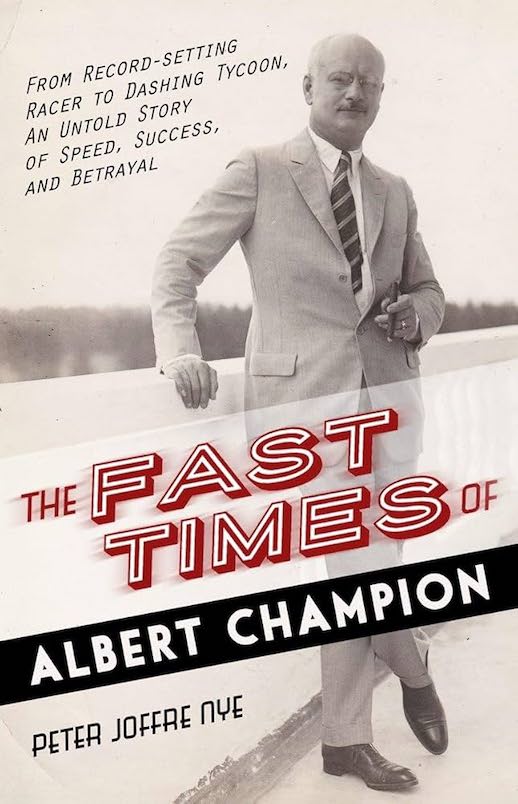
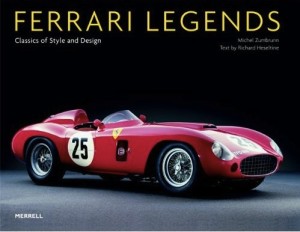

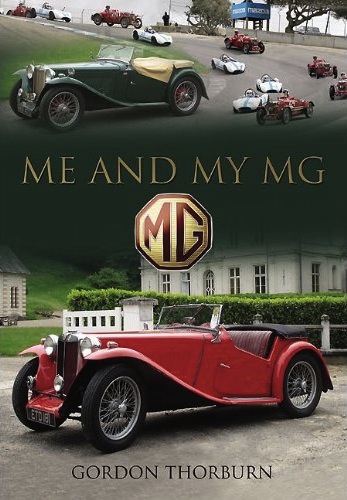
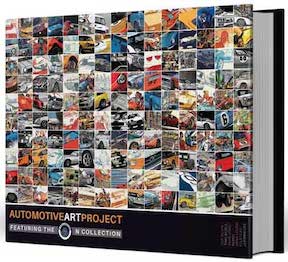

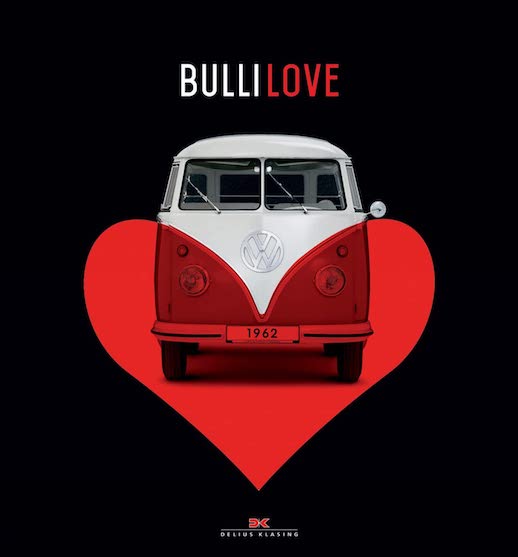
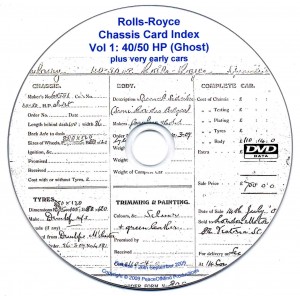
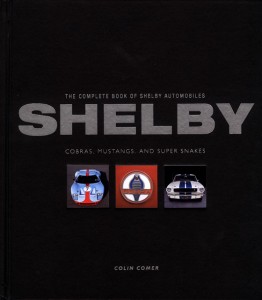
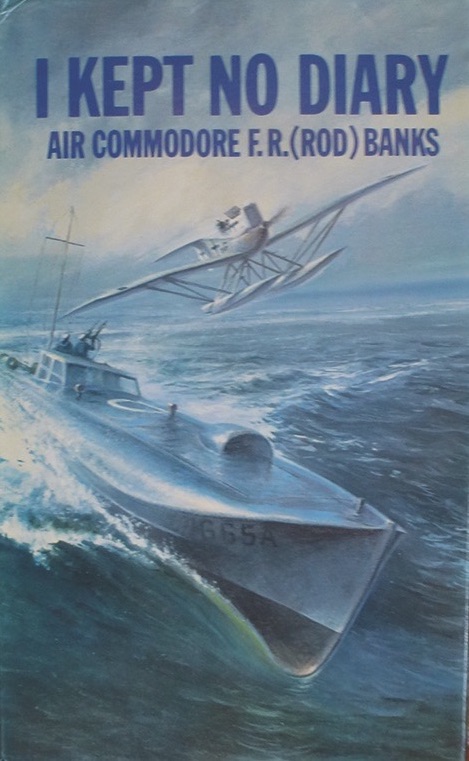





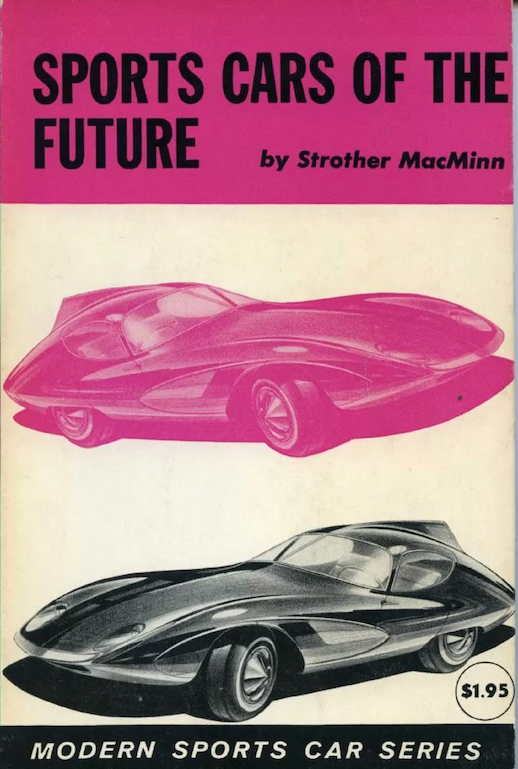

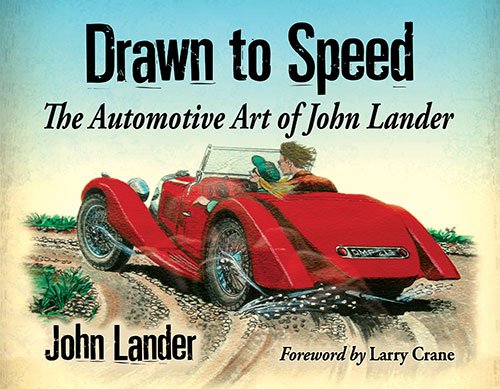
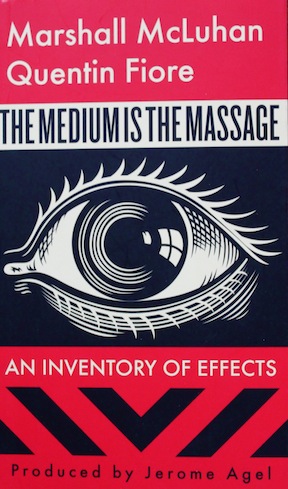
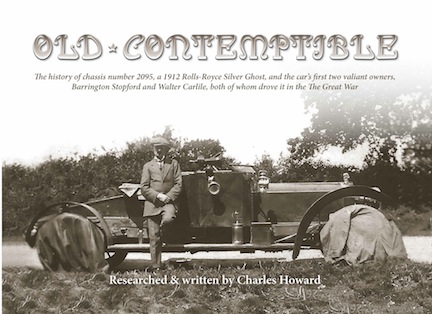

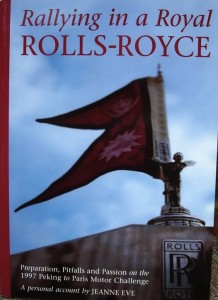
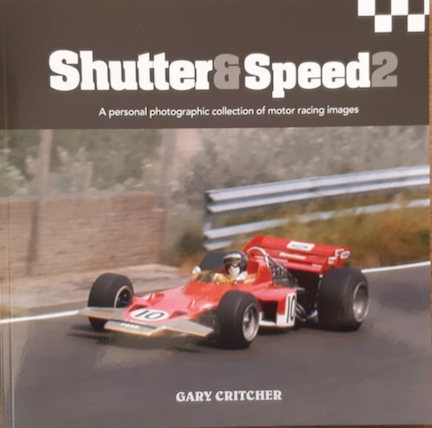
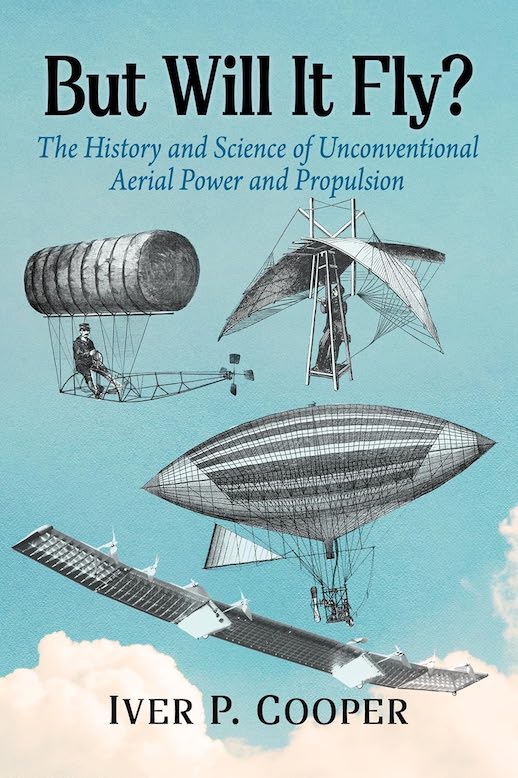
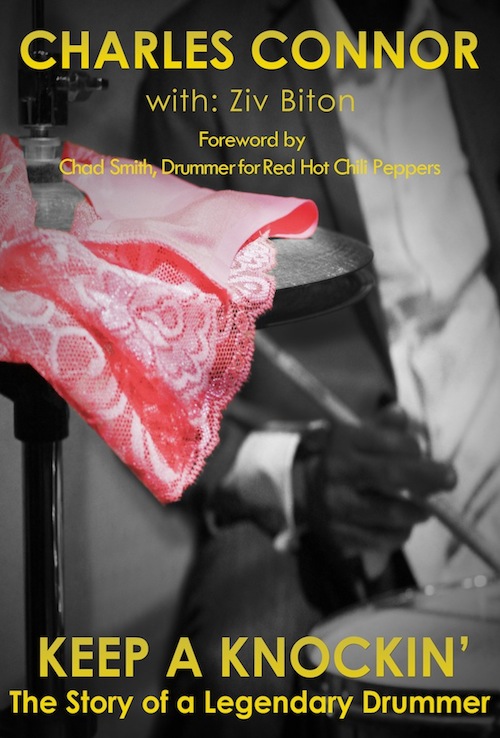

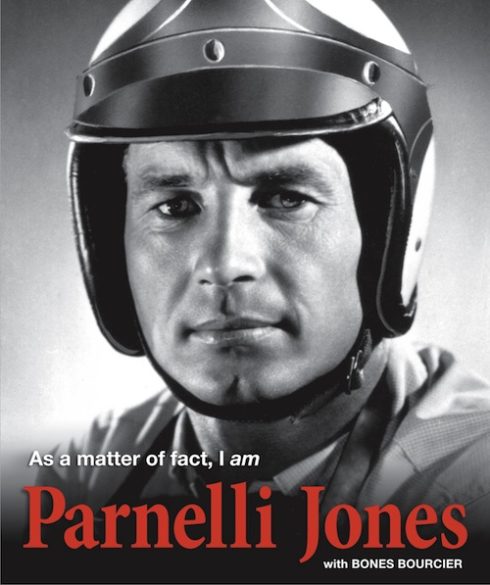
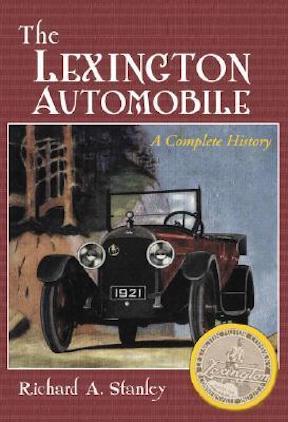





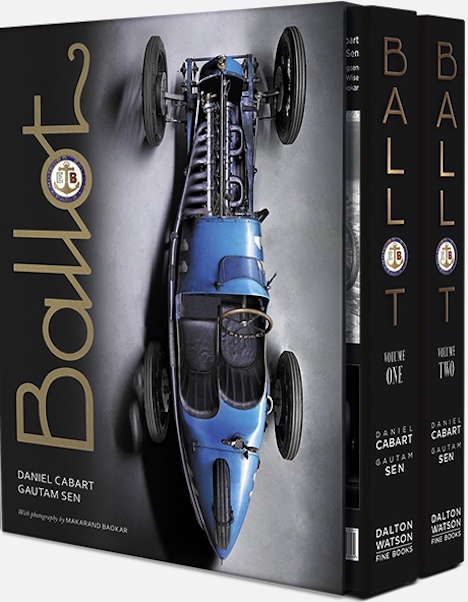
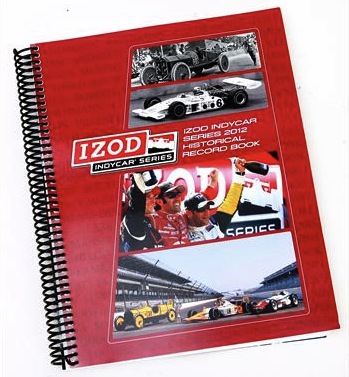

 Phone / Mail / Email
Phone / Mail / Email RSS Feed
RSS Feed Facebook
Facebook Twitter
Twitter